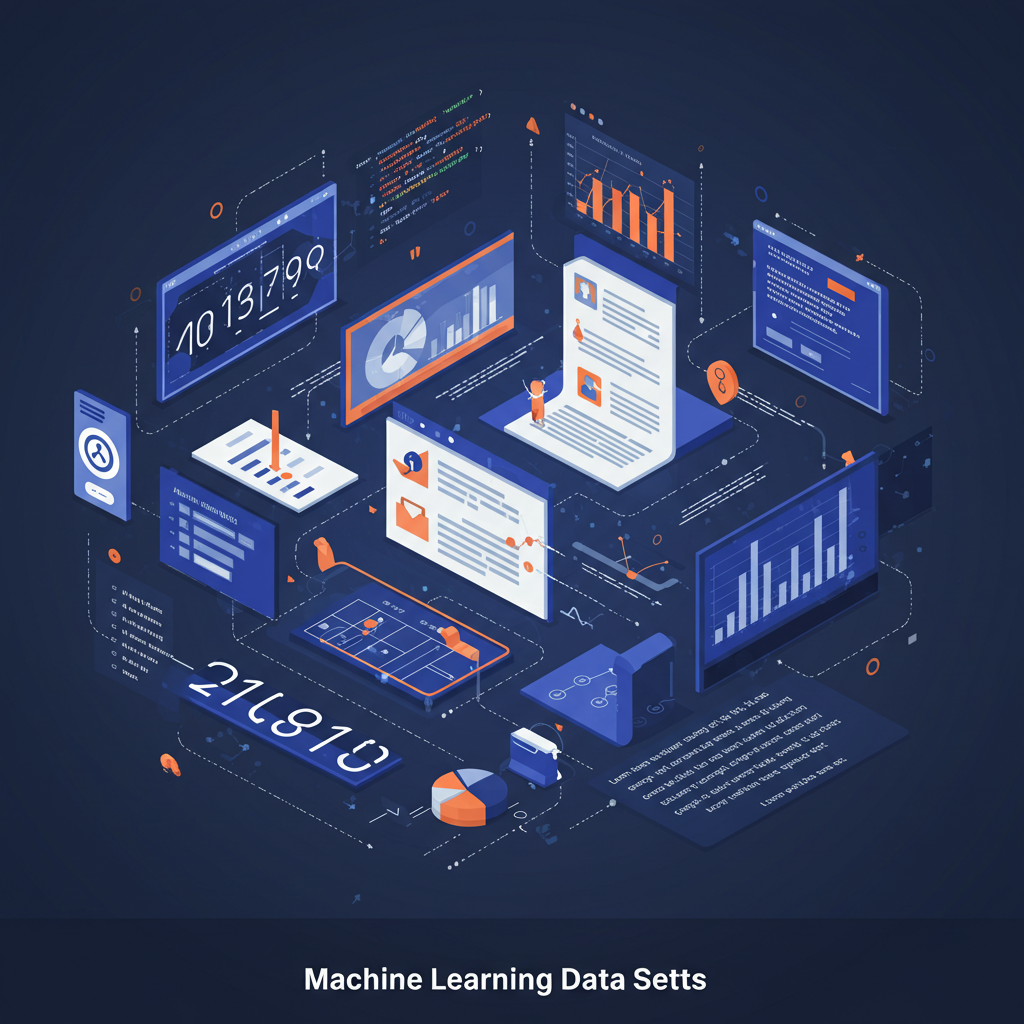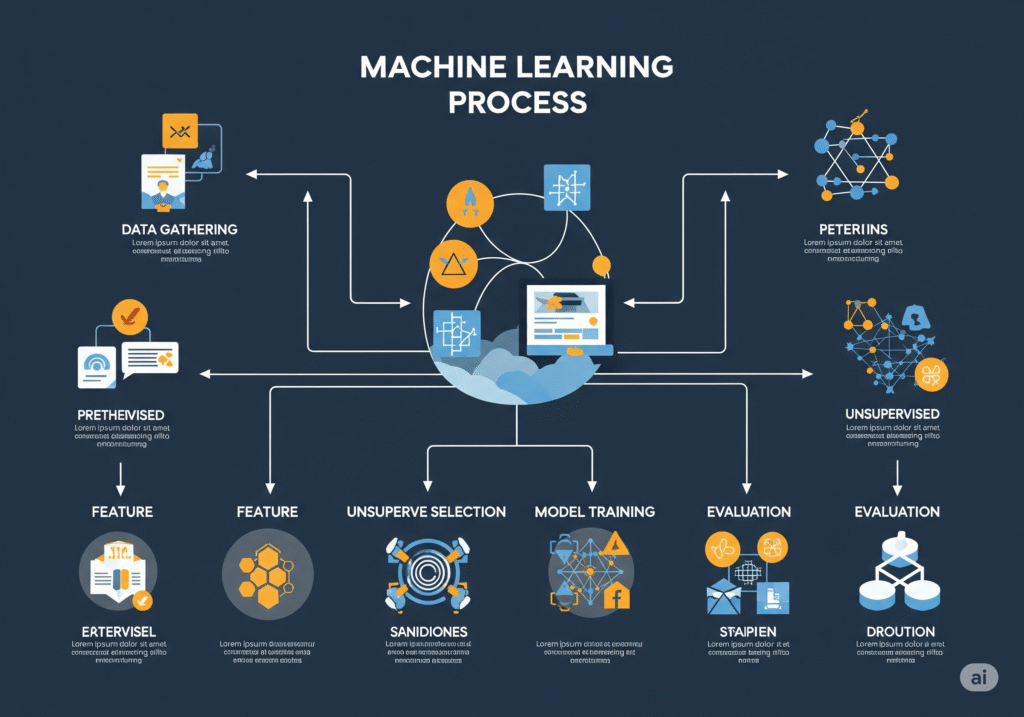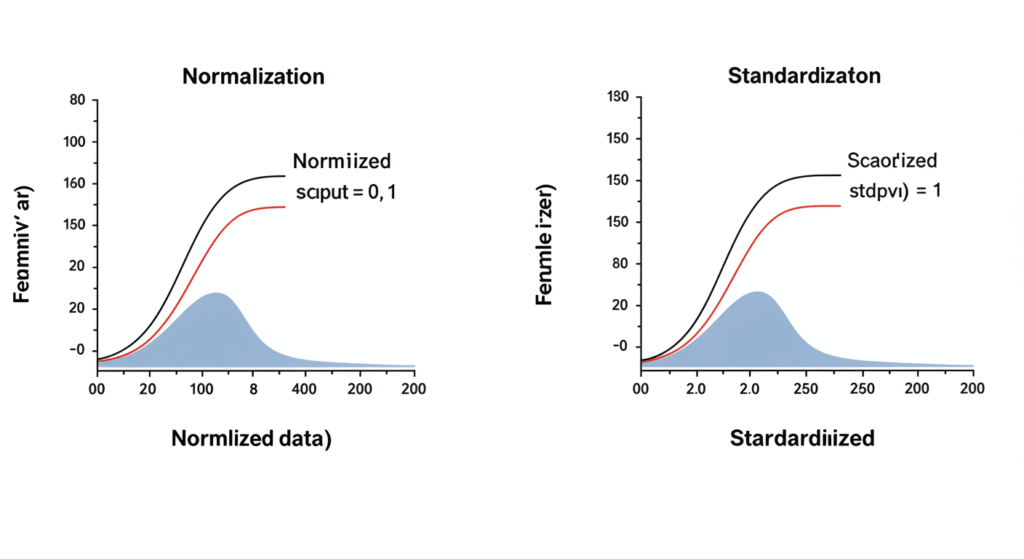Confused about training, test, and validation sets in machine learning? Learn their key differences, importance, and best practices to improve model accuracy.

Introduction: Why Data Splitting is Crucial in Machine Learning
Machine learning models are only as good as the data they’re trained on. But how do you ensure your model generalizes well to new, unseen data? The answer lies in properly splitting your dataset into training, test, and validation sets.
Misusing these datasets can lead to overfitting, underfitting, or unreliable model performance. In this guide, we’ll break down their differences, explain best practices, and show you how to optimize your machine learning workflow.
1. What Are Training, Test, and Validation Sets?
Before diving into model building, data scientists split datasets into three key subsets:
- Training Set – Used to teach the model.
- Validation Set – Used to tune hyperparameters and prevent overfitting.
- Test Set – Used to evaluate final model performance.
Understanding their distinct roles ensures better model generalization and accuracy.
2. The Training Set: Teaching Your Model
What Is the Training Set?
The training set is the largest portion of your data (typically 60-80%) used to train the machine learning algorithm.
Why Is It Important?
- The model learns patterns from this data.
- Influences weights, biases, and feature importance.
Best Practices
- Ensure high-quality, representative data.
- Apply feature scaling and preprocessing before training.
Example: If you’re building a spam classifier, the training set contains thousands of labeled emails (spam vs. not spam).
3. The Validation Set: Fine-Tuning Your Model
What Is the Validation Set?
The validation set (usually 10-20% of data) helps optimize hyperparameters (like learning rate, batch size) and detect overfitting.
Why Is It Important?
- Prevents the model from memorizing training data (overfitting).
- Helps select the best-performing model version.
Best Practices
- Use cross-validation (k-fold) for small datasets.
- Monitor validation loss vs. training loss for signs of overfitting.
Case Study: A 2022 study found that models tuned with proper validation sets had 15% higher accuracy than those without.
4. The Test Set: Evaluating Final Performance
What Is the Test Set?
The test set (typically 10-20% of data) is only used once to assess the model’s real-world performance.
Why Is It Important?
- Provides an unbiased evaluation.
- Mimics how the model performs on unseen data.
Common Pitfalls
- Data leakage (accidentally using test data in training).
- Small test sets leading to unreliable metrics.
Example: If your test set accuracy is much lower than validation accuracy, your model may not generalize well.
5. Key Differences Between Training, Validation, and Test Sets
| Aspect | Training Set | Validation Set | Test Set |
|---|---|---|---|
| Purpose | Model learning | Hyperparameter tuning | Final evaluation |
| Size (%) | 60-80% | 10-20% | 10-20% |
| Used During | Training phase | Model selection | Final testing |
| Risk if Misused | Underfitting | Overfitting | Unreliable metrics |
6. Best Practices for Splitting Data in Machine Learning
To maximize model performance:
✅ Use a 60-20-20 or 70-15-15 split (depending on dataset size).
✅ Stratify splits for imbalanced datasets.
✅ Avoid shuffling time-series data (use chronological splits).
✅ Apply cross-validation when data is limited.
7. FAQ: Training, Test, and Validation Sets Explained
Q1: Why can’t I use the same data for training and testing?
Using the same data leads to overfitting—your model performs well on known data but fails on new data.
Q2: What’s the difference between validation and test sets?
- Validation set = Tunes the model during development.
- Test set = Evaluates final performance (used only once).
Q3: How do I split data for small datasets?
Use k-fold cross-validation to maximize data usage.
Q4: Can I skip the validation set?
No—without it, you risk overfitting since you’re tuning hyperparameters blindly.
8. Conclusion: Optimize Your ML Models with Proper Data Splitting
Understanding the difference between training, validation, and test sets is crucial for building robust, high-performing machine learning models. By following best practices—like proper splitting, cross-validation, and avoiding data leakage—you ensure reliable, generalizable results.
Ready to improve your ML workflow? Start by applying these techniques to your next project!
Read More – The machine learning process
References:
Ready to implement ML in your organization? Book a consultation with our experts.


Pingback: Feature Scaling in Machine Learning (With Code Examples)